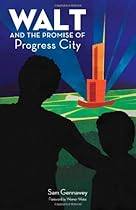 EDITOR’S NOTE: Over the past few months, AllEars.Net has been highlighting exclusive excerpts from Sam Gennawey’s book, Walt and the Promise of Progress City. The book explores the process through which meaningful and functional spaces were created by Walt Disney and his artists, as well as how guests understand and experience those spaces. It also takes a look at how Walt wanted to change the public’s expectations about city life in the same way his earlier work had redefined what it meant to watch an animated film or visit an amusement park. In this month’s excerpt, the final in our series, we learn about Walt Disney’s goals for the Disney World project.
EDITOR’S NOTE: Over the past few months, AllEars.Net has been highlighting exclusive excerpts from Sam Gennawey’s book, Walt and the Promise of Progress City. The book explores the process through which meaningful and functional spaces were created by Walt Disney and his artists, as well as how guests understand and experience those spaces. It also takes a look at how Walt wanted to change the public’s expectations about city life in the same way his earlier work had redefined what it meant to watch an animated film or visit an amusement park. In this month’s excerpt, the final in our series, we learn about Walt Disney’s goals for the Disney World project.
The Florida Project
by Sam Gennawey
What would motivate somebody as successful as Walt Disney to take on one of the most difficult challenges that anybody could tackle: the reinvention and renewal of our urban spaces? Could it be, after changing the world of animation and the amusement park industry, he felt he had a higher calling?
Walt Disney said, “I don’t believe that there’s a challenge anywhere in the world that’s more important to people everywhere than finding solutions to the problems of our cities.” Walt felt that something was wrong with the way cities were designed, and he believed that, with the proper application of new technologies and creative thinking, he could create a city that would demonstrate to others how they could solve their urban planning problems.
Walt was not a fan of cities, and he really could not understand why anybody would want to live in one. He felt that his growing up in the country had given him a sense of independence, individualism, and democratic character. Perhaps because he spent a lot of time on the streets of Kansas City as a boy, his image of city centers was that they were overcrowded, unclean, sometimes dangerous places, and always filled with visual chaos. Walt was especially disappointed with the way Los Angeles was becoming choked in urban sprawl. Walt sensed that many American cities and suburbs were disorienting and inefficient.
On the 1948 train trip to the Chicago Railroad Fair, Walt had told Ward Kimball, “I can’t figure out why in the hell everybody lives in the city where they don’t have any room and can’t do anything. Why don’t they come out here where they have this great empty land, filled with opportunity and silence?” Disney biographer Bob Thomas, author of Building a Company, speculated that Walt’s interest in city planning could be “an outgrowth of his lifelong search for better ways of doing things: adding sound, color, full-length stories, and dimension (via the multiplane camera) to animation; revolutionizing outdoor entertainment.” In The Triumph of the American Imagination, author Neal Gabler said Walt wanted to “create an entire urban environment from scratch: a perfect city.”
Science fiction author Ray Bradbury declared “that the first function of architecture is to make men over, make them wish to go on living, feed them fresh oxygen, grow them tall, delight their eyes, make them kind… Disneyland liberates men to their better selves. Here the wild brute is gently corralled, not squished and squashed, not put upon and harassed, not tromped on by real estate operators, not exhausted by smog and traffic.” In 1960, Bradbury suggested to Walt that he should run for mayor of Los Angeles because he was the only man who knew how things work. Bradbury really believed that Walt understood the issues, especially when it came to public transit. Bradbury said, “I’m all for making Walt Disney our next mayor… the only man in the city who can get a working rapid transit system built without any more surveys, and turn it into a real attraction so that people will want to ride it.” Walt’s reply was, “Why should I run for mayor when I am already king?” Again, in 1964, Bradbury suggested that Walt was the only person who could “save us from our own self-destruction.” He added, “[Walt] Disney is a city builder. He has already proven his ability to construct an entire community, plus rivers, plus mountains, from the gas lines up. He has already solved most of the problems that beset Los Angeles.”
Disney Legend John Hench said, “Disneyland was very courageous on Walt’s part, and Florida shows the most guts of anything… to take a kind of civilization, make it ideal, and then to make it practical.” With the success of Disneyland, Walt understood that there was a better way to organize and manage the urban environment. When done properly, this new thinking would create a world with the kind of places we want to return to again and again — because they are based on a “timeless way of building” and offer a higher quality of life for everyone. Walt also understood that he was the person best suited to take on the challenge.

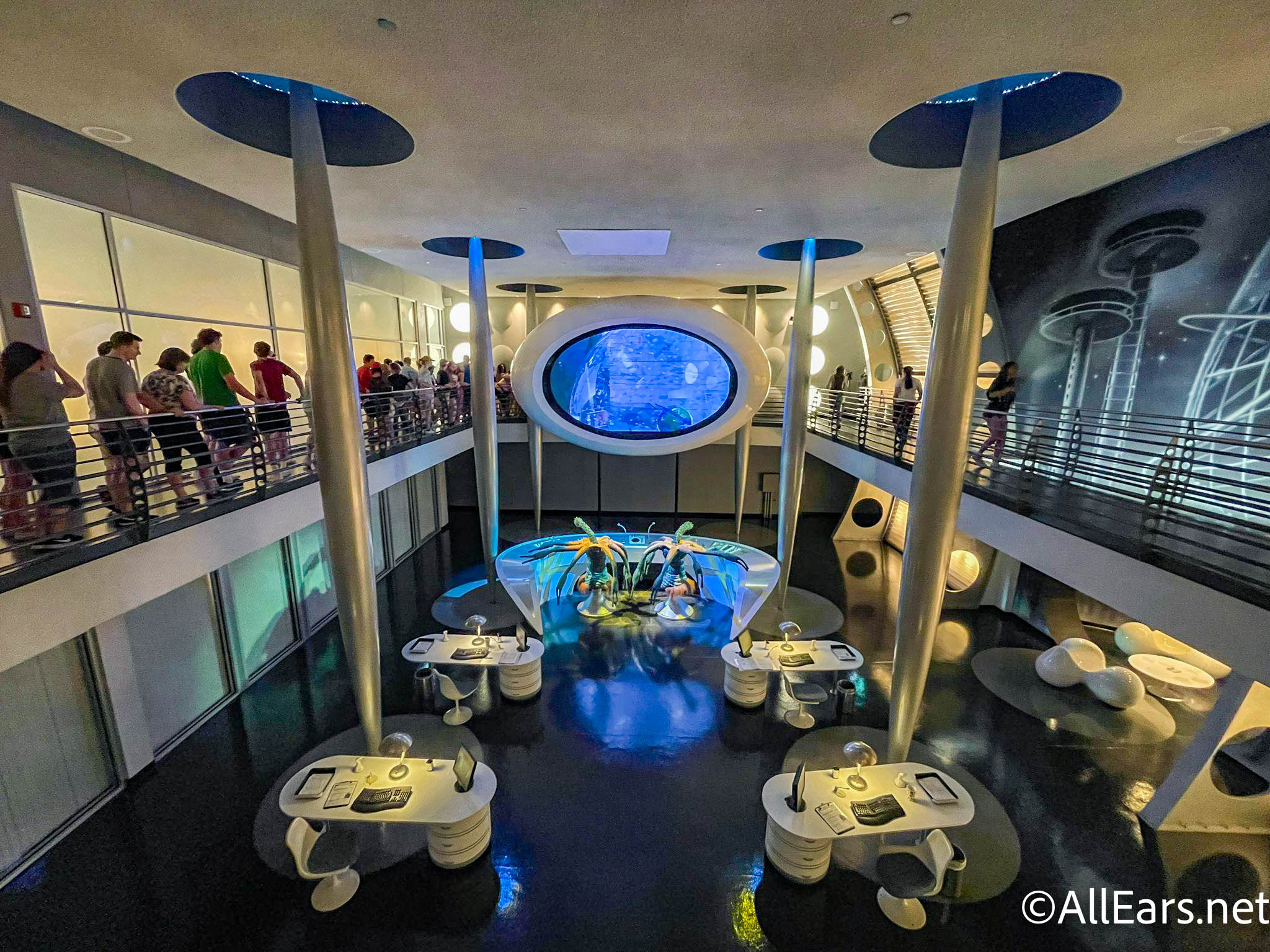



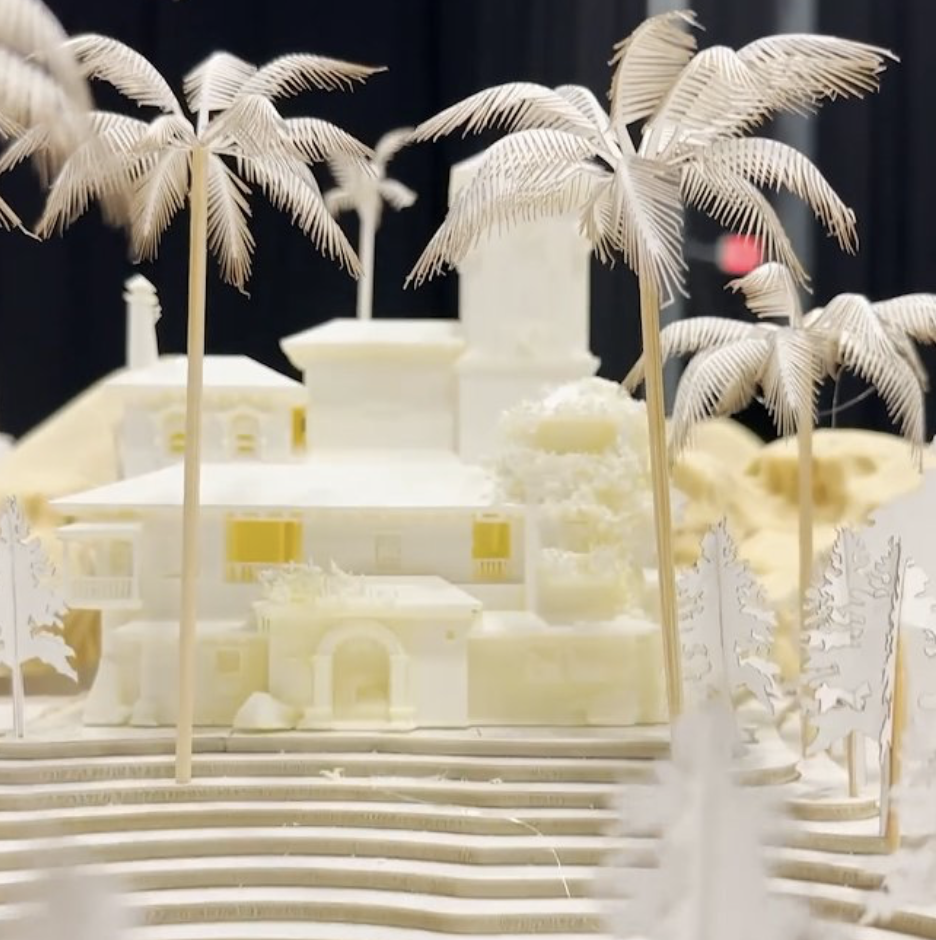
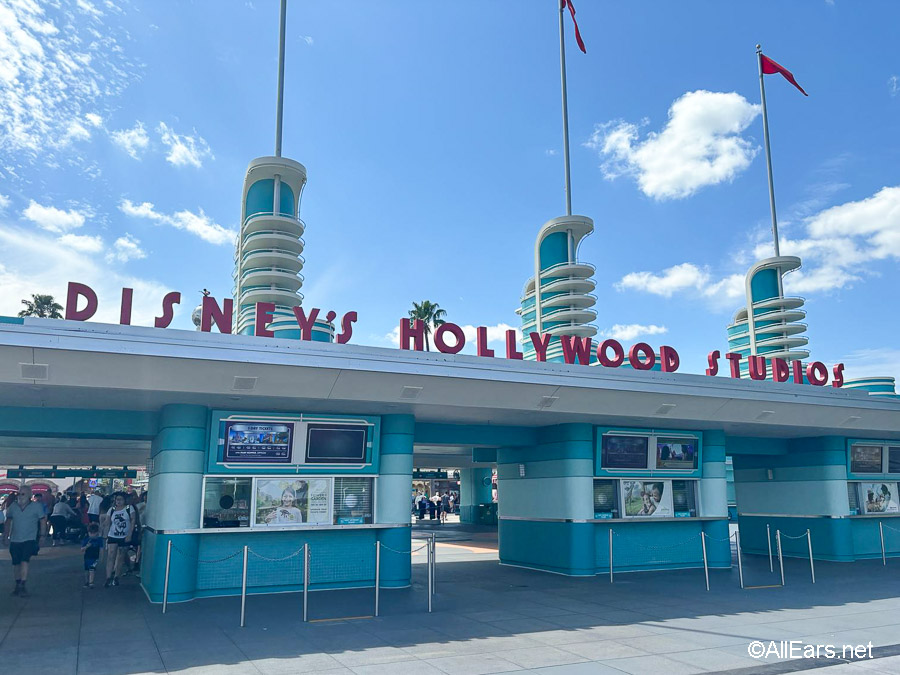



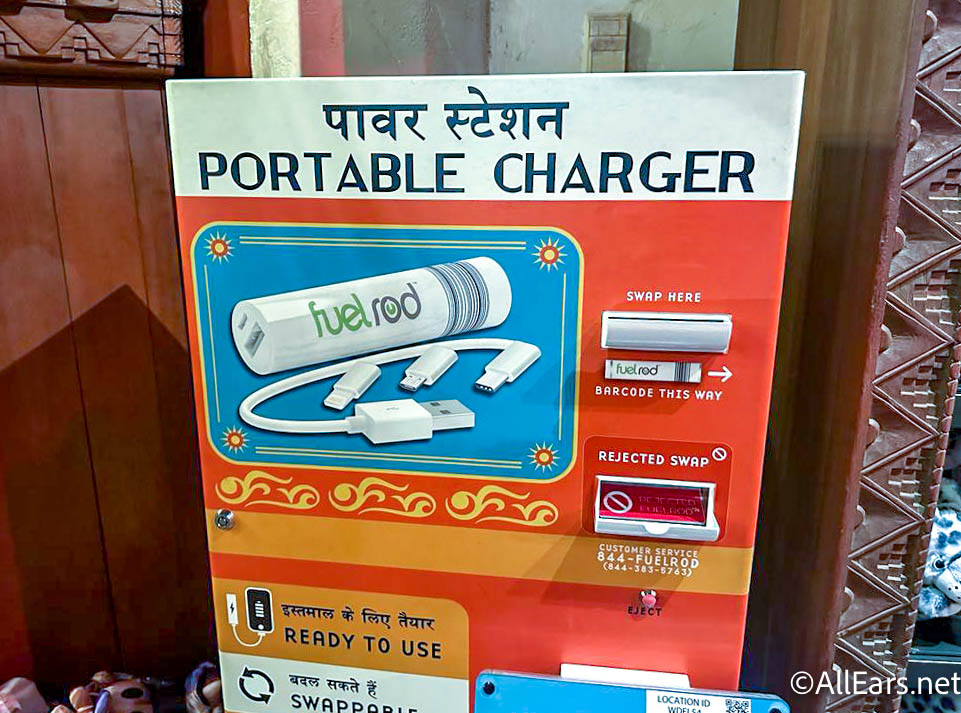
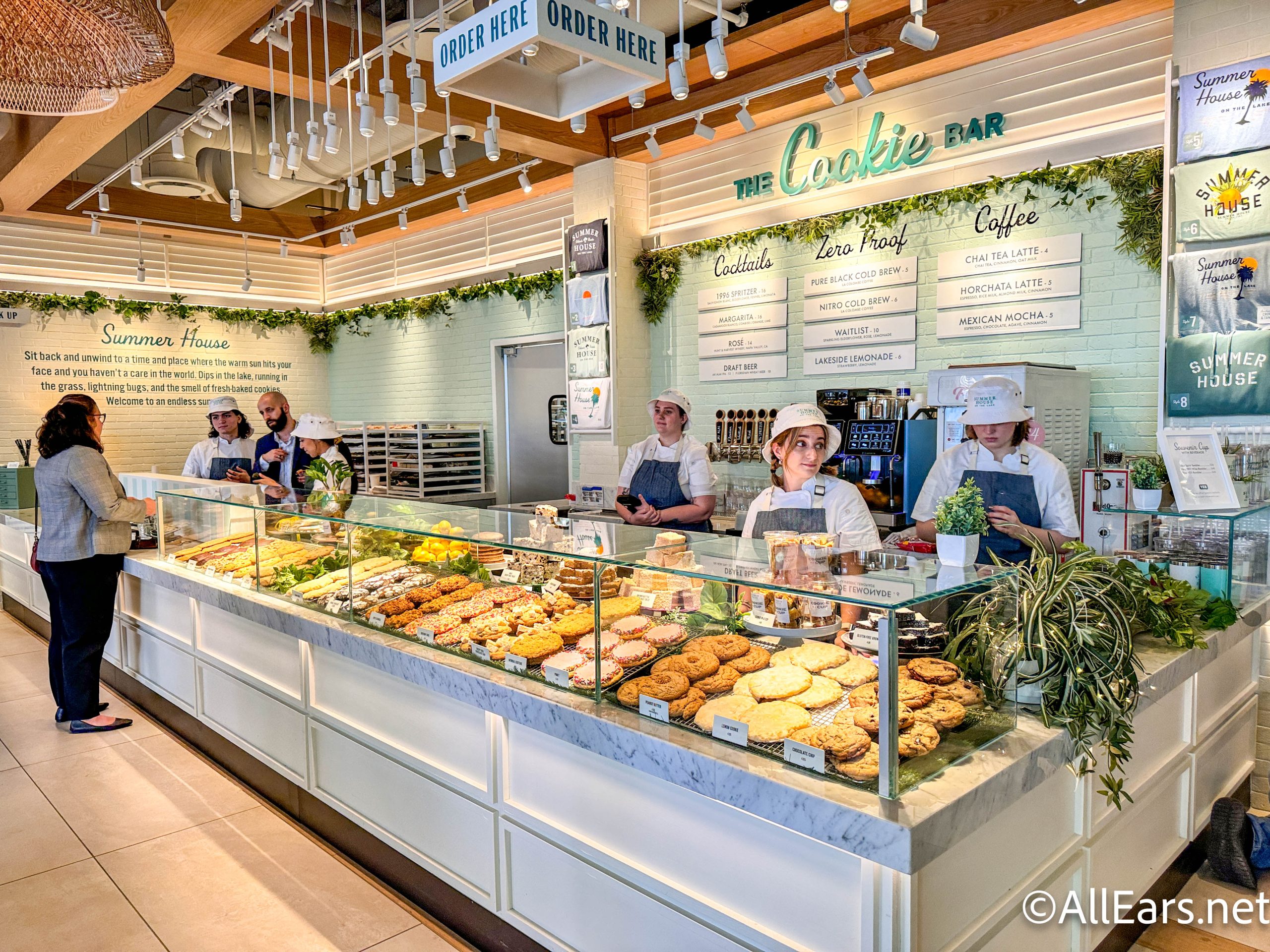
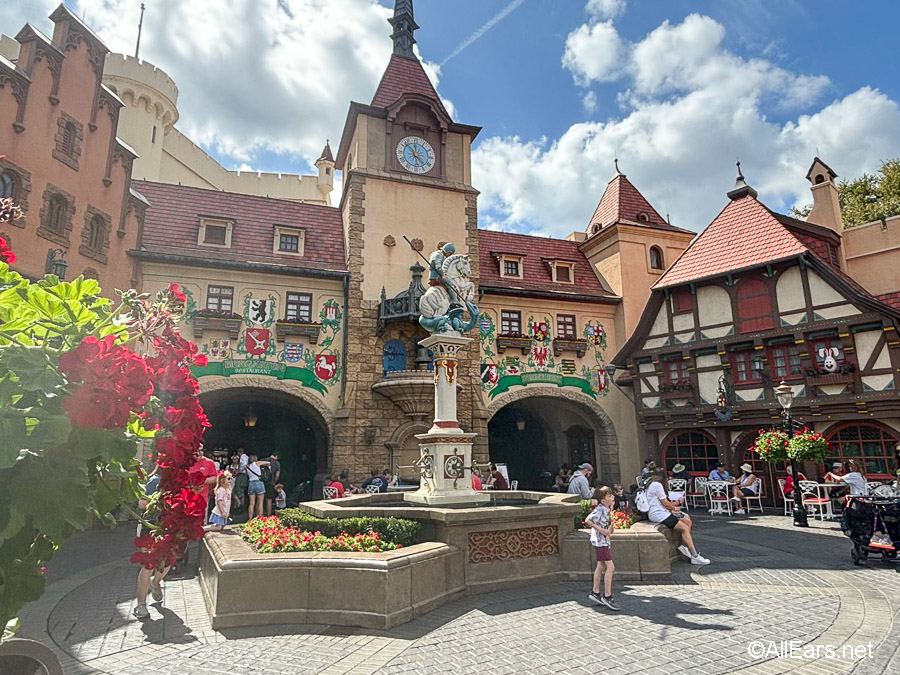
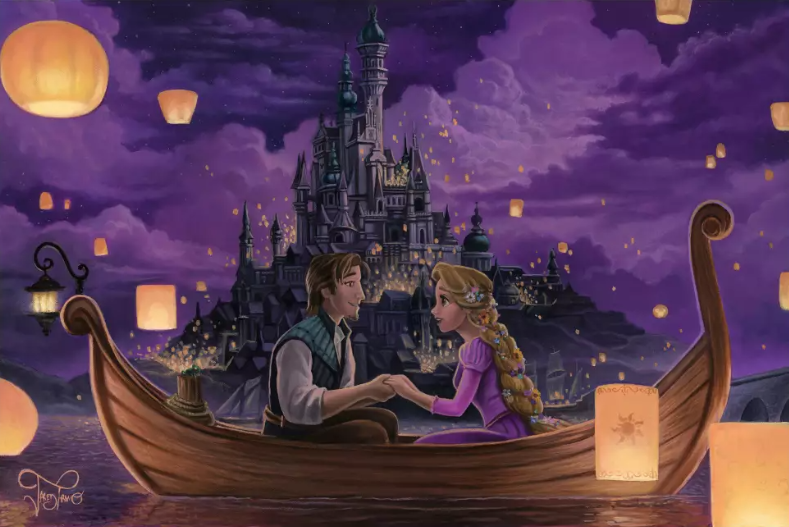

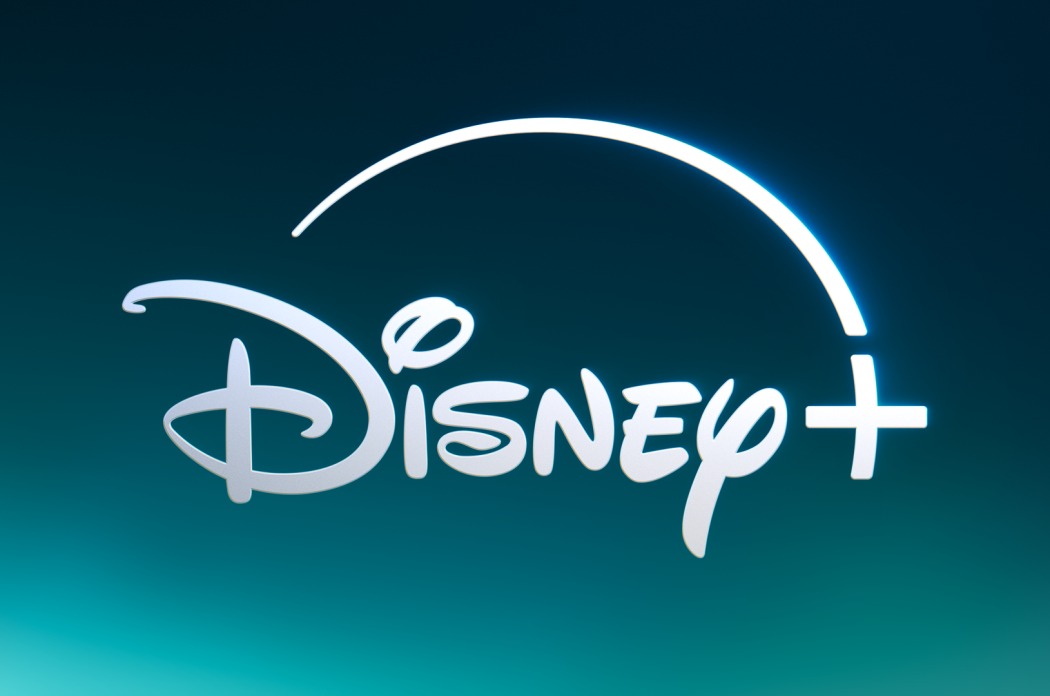
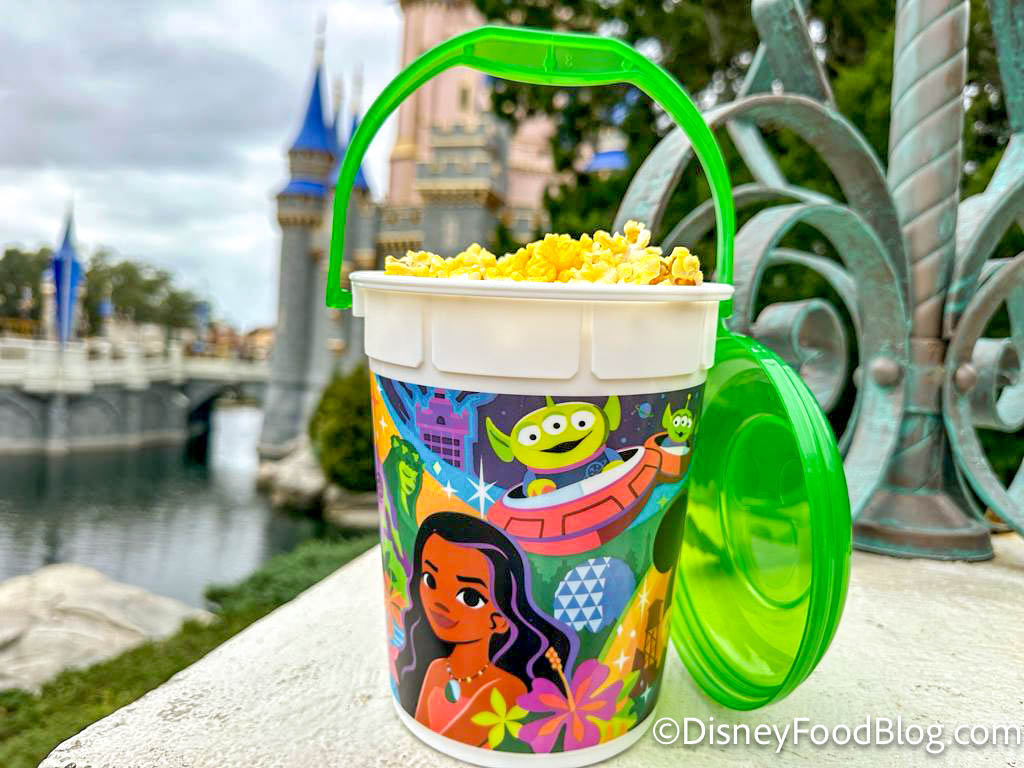

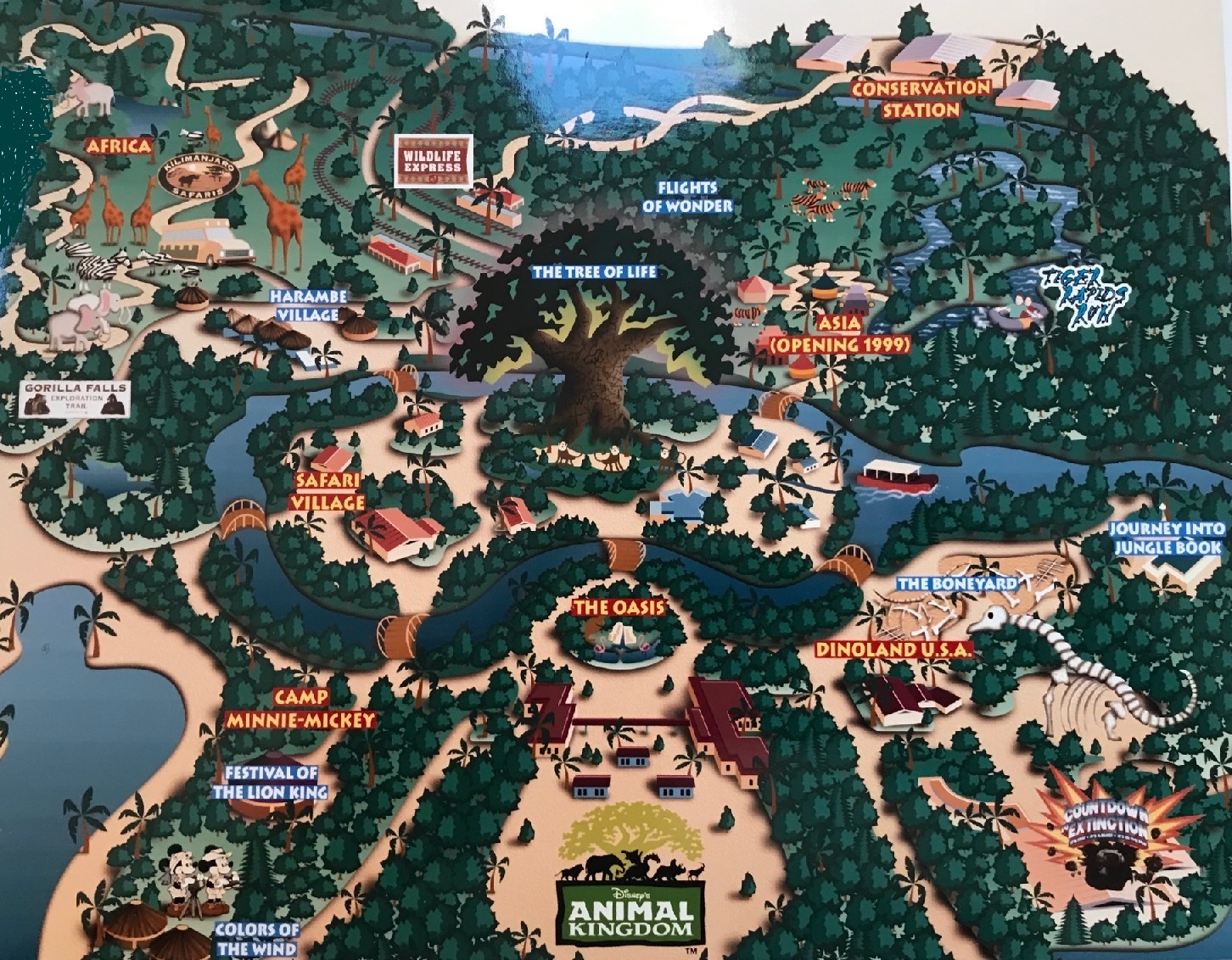
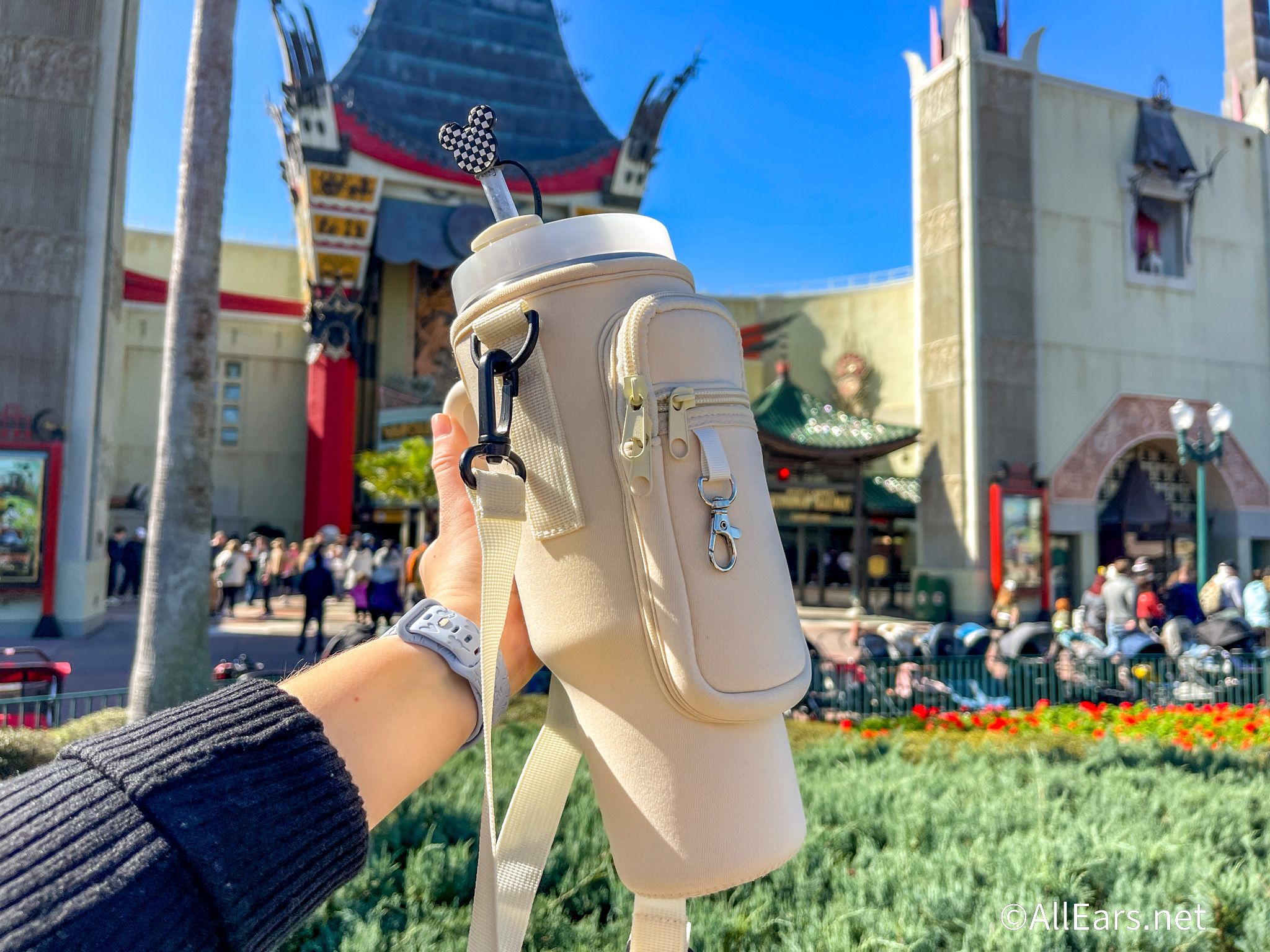
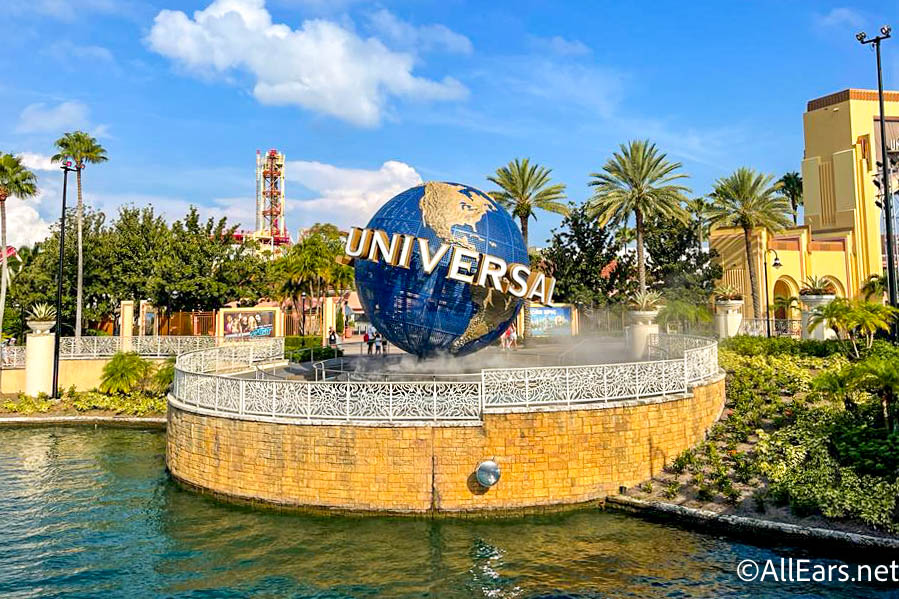

Trending Now
Two rides have announced months-long closures at Universal Studios Orlando!
Don't miss out on these super low prices on Amazon for a bunch of cool...
With the EPCOT International Food and Wine Festival right around the corner, make sure you...
There will soon be a NEW way to get to Disney World and Universal from...
We've got a brand new look at the Disney's Animal Kingdom expansion plans!
Mickey Shorts Theatre will be closed for most of May.
Disney World and Disneyland Resort recently announced that they would soon make changes to the Disability Access...
Celebrating your birthday in Disney World soon? HOW FUN! Check out some of our favorite...
Keep an eye on the weather in Florida this weekend -- it's going to be...
Let's talk about those souvenir photos that scream “This Is My First Trip to Disney...
We have a list of places you won't want to eat if you're sticking to...
We've become quite fond of these new (and very popular) bags, which is why we're...
A new Tangled ride is coming to Disney's reimagined Paris park.
Southwest Airlines is expanding their service to Orlando from this Midwestern city.
The legendary music event, previously exclusive to IMAX, is having its global streaming premiere on...
Traditional, character-shaped, or cultural celebration -- these are the popcorn buckets that Disney has released...
Because I go to Disney World every day, people want to know if I still...
It’s been more than 21 years since Disney’s ambitious Animal Kingdom theme park opened. Much...
Stanleys are trending and you can grab them on SALE on Amazon before your next...
A beloved spot is closing at Universal Orlando!